Concrete is among the most sustainable materials available today. So what exactly makes it “green,” and how is it made?
Michael McSweeney, president and CEO of the Cement Association of Canada, says that “the materials we produce – concrete and concrete products – are essential to all public infrastructure projects due to their renowned strength, durability, resilience and versatility. Far less well known is that our sector is also leading the clean economy transition, improving our environmental profile through constant innovation, and rapidly emerging as a massive cleantech opportunity.”
What is concrete made of?
Concrete is a mixture of paste and aggregates, a.k.a. rocks. Cement is the original material. The paste — composed of cement and water — covers all the finer and coarser rocks to create one cohesive mixture. (Or admixture!)
Basically, concrete is cement. Cement is water and rocks. New technology is constantly in development, incorporating additional organic and inorganic chemicals to improve the life and durability of the product. The world of construction takes science very seriously. Chlorides, sulfates, alkalis, and solids are common in water sources and we must regulate them to maintain the integrity of what we’re building. Many of them can degrade the aggregate. But we can also introduce these things — albeit in very different forms — in order to reinforce, as well.
How is it made?
Cement is so simple — it’s made exactly as you’d expect!
We can be more technical about it here, though. It’s a fascinating process.
You “quarry” the key raw materials first. That’s the term for collecting them. Most common are limestone and clay. The rock is then crushed, though it’s a lengthy process. Because the raw materials are generally quite large, they undergo multiple phases where they’re gradually reduced until the aggregates are all roughly the same size.
Eventually, you combine the crushed rock with additional ingredients. This often includes iron ore or fly ash. Then it gets ground, mixed up, and fed to a cement kiln. It is heated many times over to remove other unwanted elements. After this, you grind it further still. Cement is incredibly fine!
We create concrete later via hydration. This is when the cement-and-water paste hardens up, gaining strength to form the thick, rocky mass that we call concrete.
Freshly mixed, we can do a lot with concrete! But then it dries…
And you’ve got an unbeatably durable, sustainable product. Concrete can be recycled even after it’s given many years of support. It’ll be ready for your next project. What are you planning?


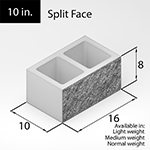
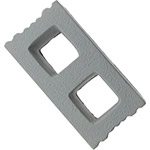

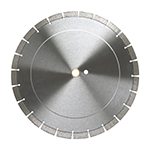

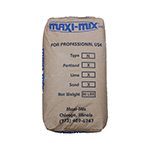

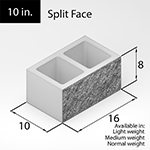



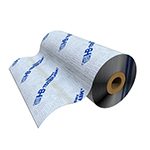



Pingback: how do you delete tinder account
Pingback: free african dating
Pingback: is the keto diet safe
Pingback: latisse eyebrows
Pingback: buy clomid
Pingback: aralen 200mg
Pingback: molnupiravir order
Pingback: zanaflex 4
Pingback: 2straightforward